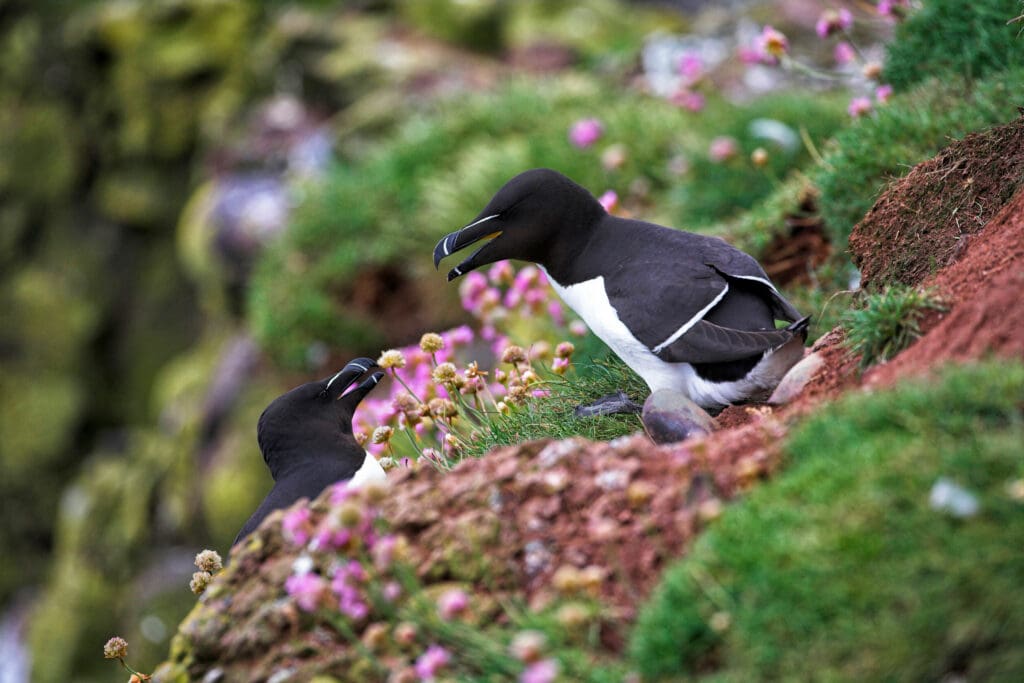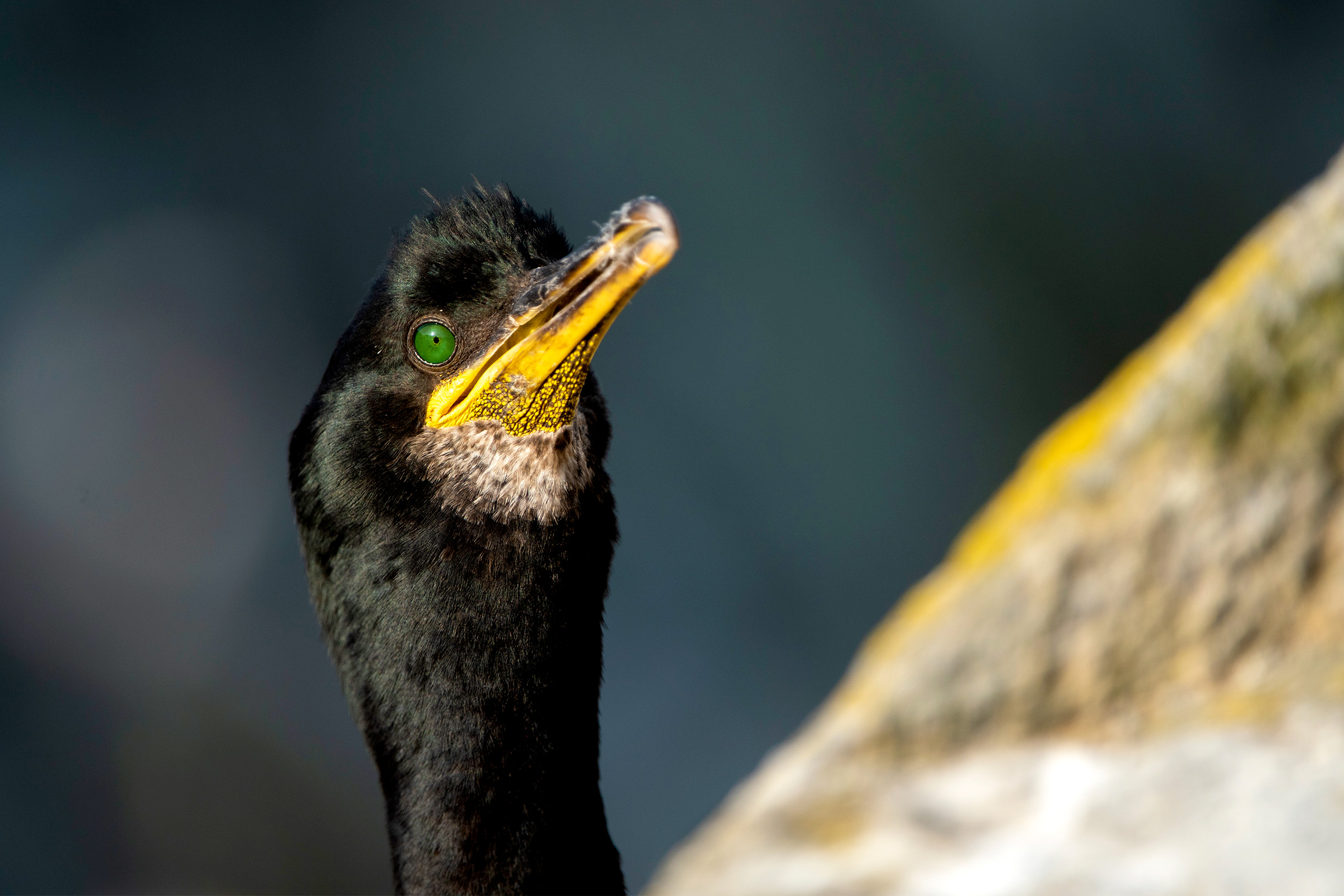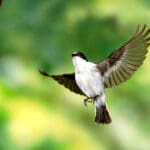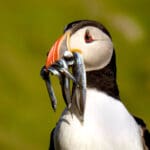Learn the difference between these tricky-to-identify seabirds
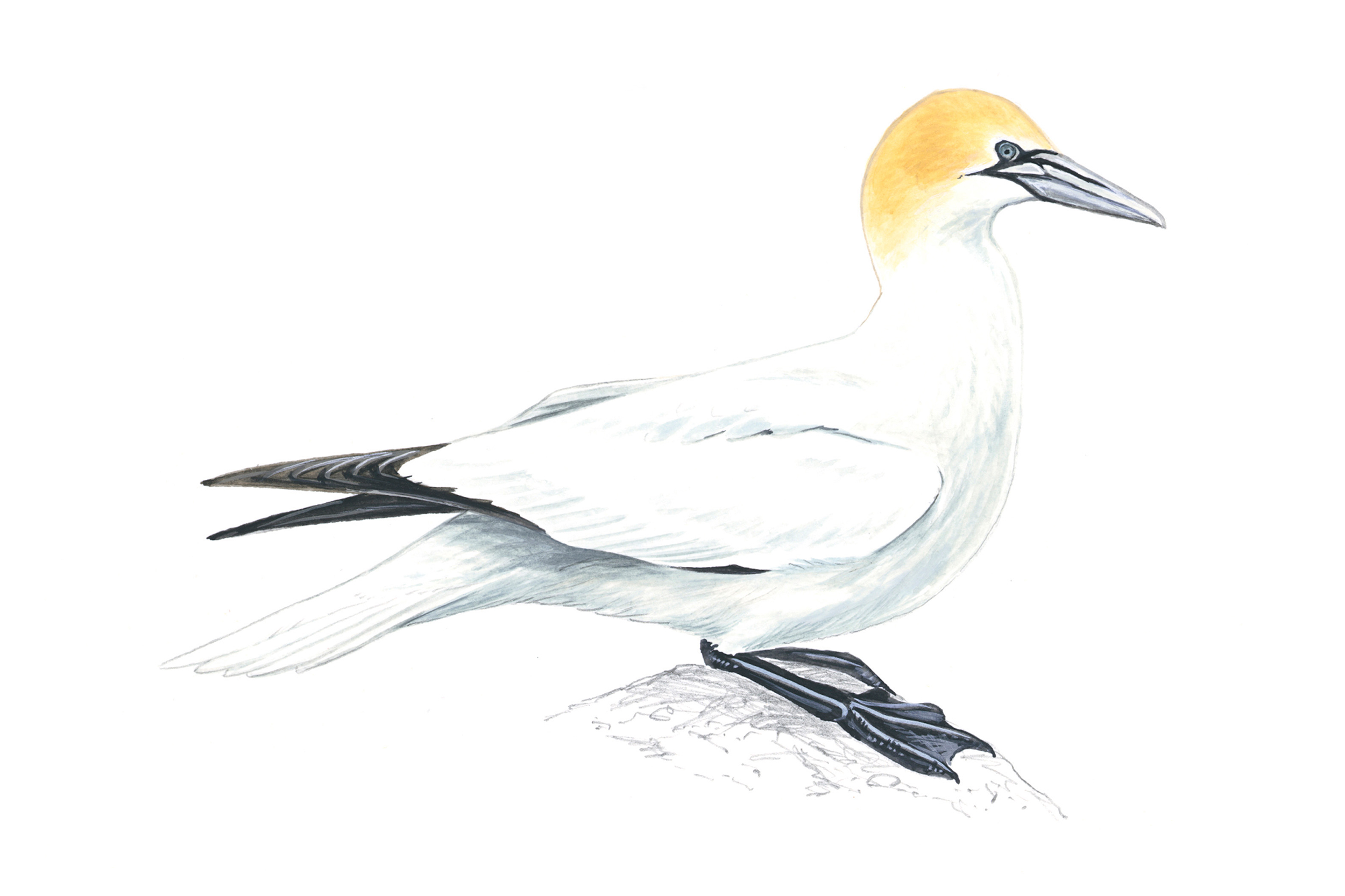
Gannet
This sharp-looking creature is our largest seabird, sporting a gargantuan six-foot wingspan. Look out for its long neck, pointed wings and pointed tail. Breeding adults are pure white with black wingtips and a yellow head, while young birds can vary from being entirely dark grey to a mixture of black and white, depending on age.
Gannet. Audio: Matthias Feuersenger (xeno-canto)
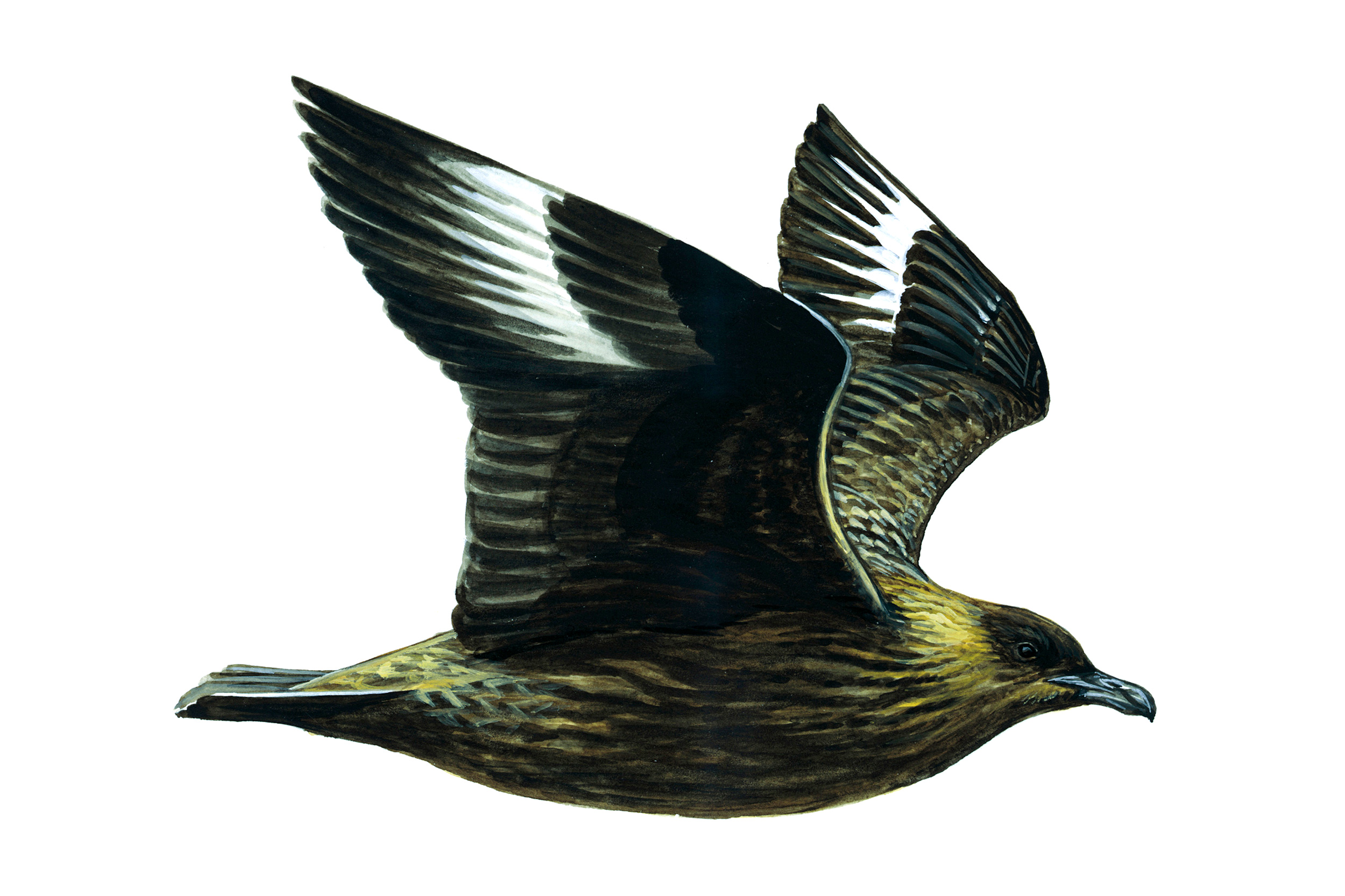
Great Skua
Around the size of a Herring Gull, these are bulky birds with broad wings and a heavy bill. They have a short tail and are brown in colour with white flashes in the wings that can be seen in flight.
Great Skua. Audio: Dougie Preston (xeno-canto)
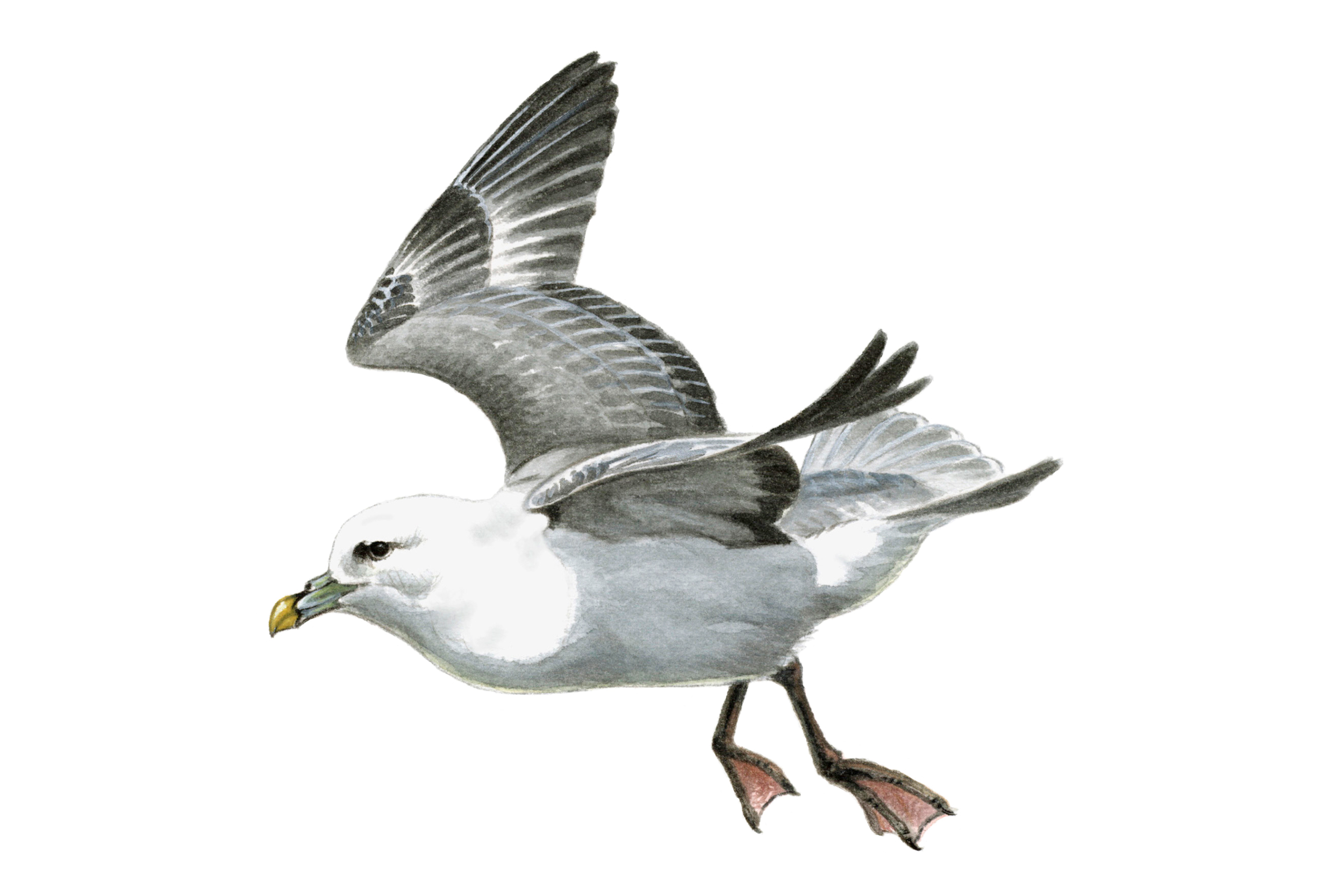
Fulmar
Resembling gulls, Fulmars can be distinguished by their straight, stiff wings in flight. They have white undersides and heads, grey backs and wings, and a strong, stubby beak with nostrils.
Fulmar. Audio: Bram Vogels (xeno-canto)
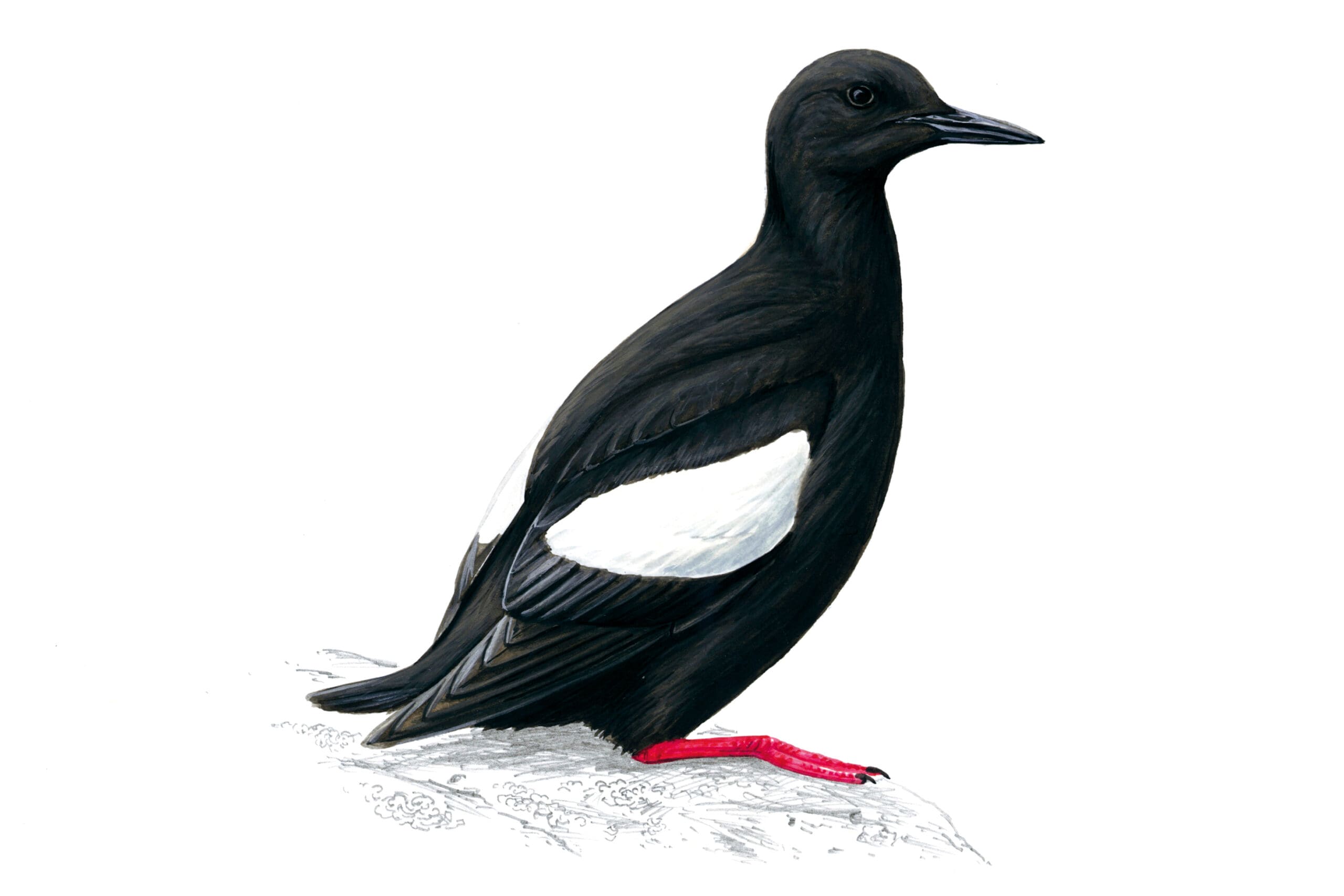
Black Guillemot
Similar in size to a pigeon, the Black Guillemot has bright-red feet and black-and-white plumage. After nesting in July, adults appear off-white with dark, smudge-like marks but still have a distinct oval-shaped patch on their wings.
Black Guillemot. Audio: Hugh Harrop (xeno-canto)
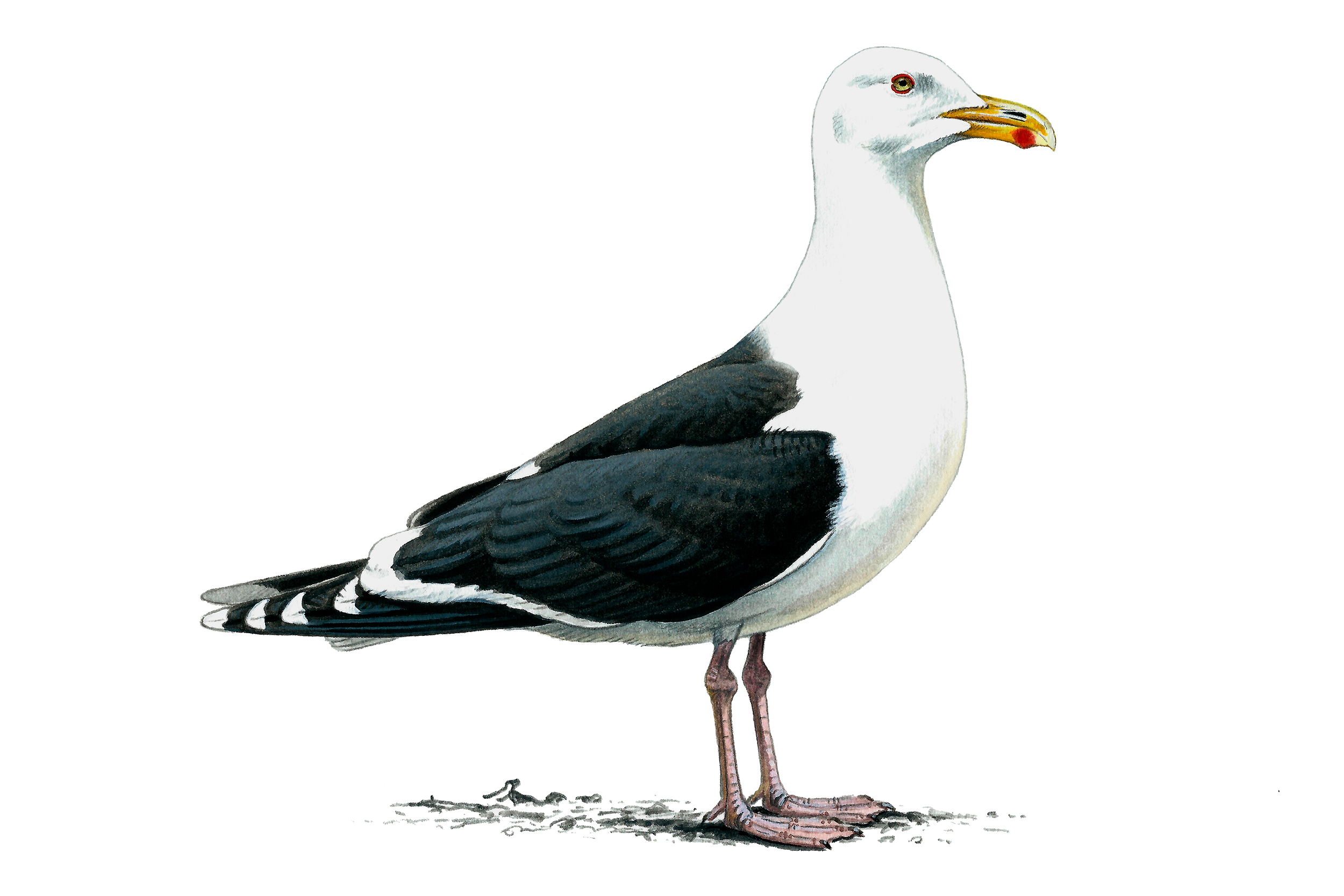
Great Black-backed Gull
The largest gull species in the world has a thick, yellow bill and large neck and head. Breeding adults are a dark grey on the wings and back. All ages have light grey-pink legs, and juveniles are mottled brown with black bills.
Great Black-backed Gull. Audio: Stuart Fisher (xeno-canto)
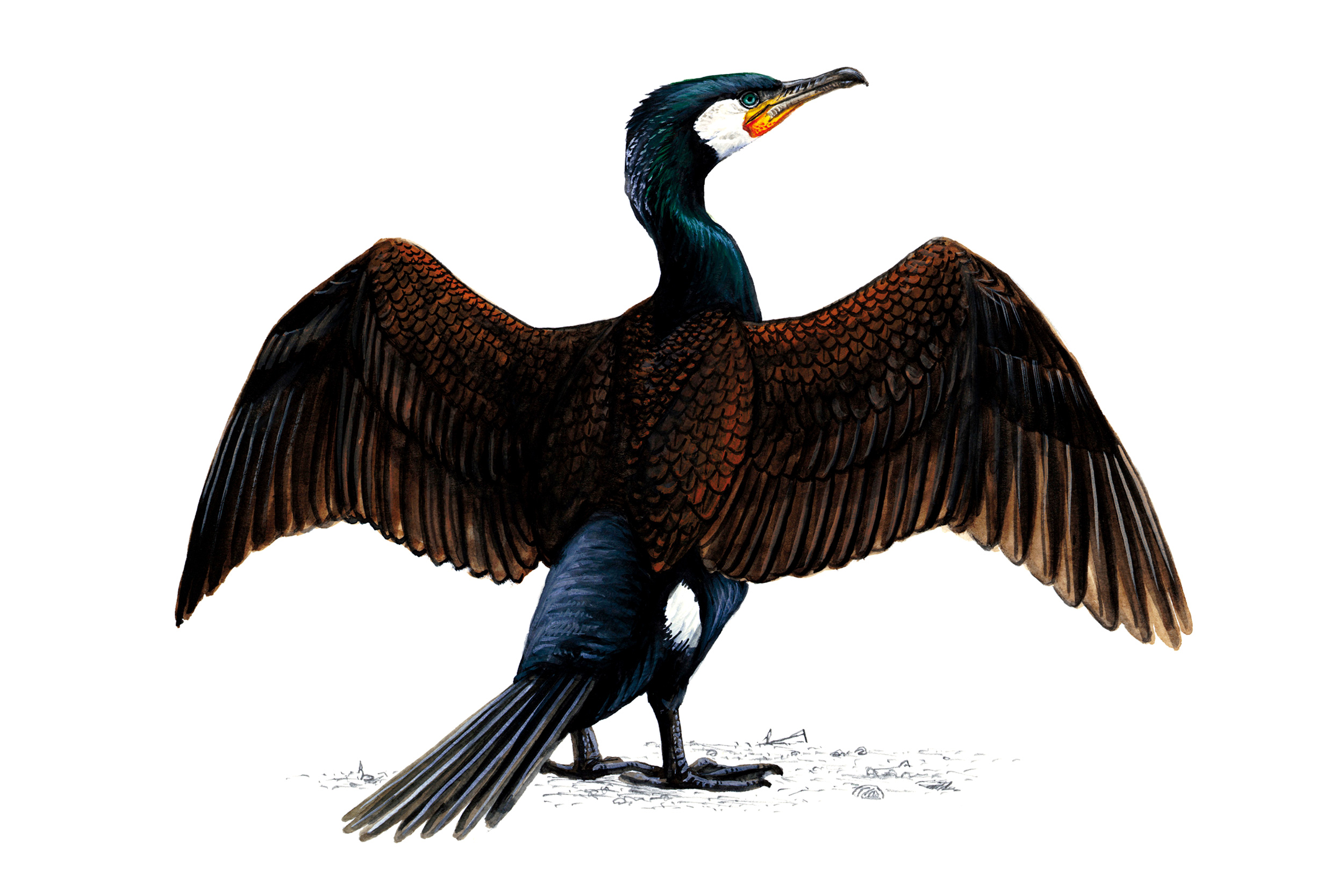
Cormorant
Similar to a Shag but larger, with a long neck and a thick, hooked bill. Adults are black with white at the base of the beak as well as on their flanks (this fades in autumn). Juveniles are dark brown with very pale underparts.
Cormorant. Audio: Marco Dragonetti (xeno-canto)
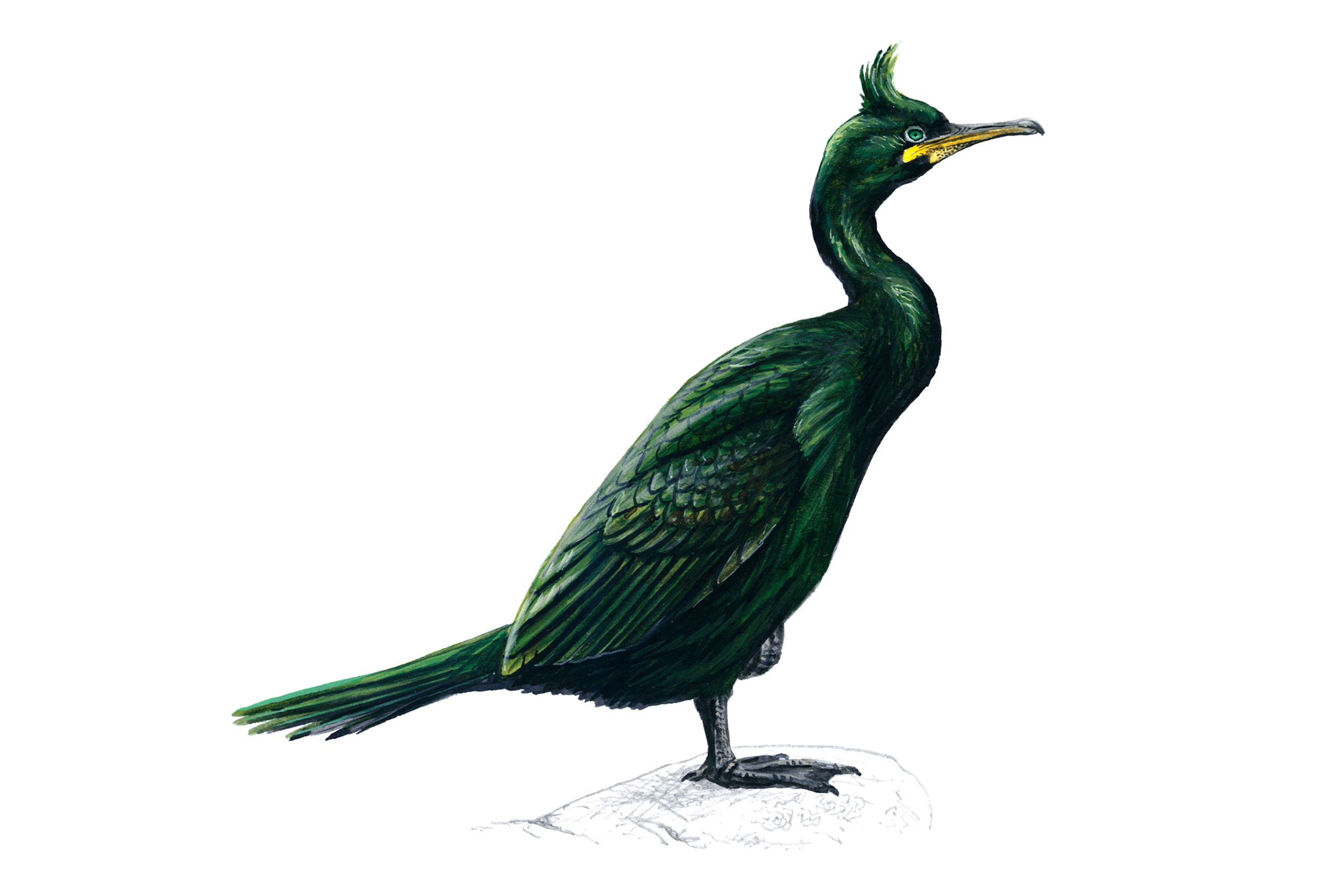
Shag
Very similar to Cormorants but smaller in size with a thinner bill and steep forehead. Breeding adults have a distinct crest and are an oily green-black colour, while juveniles are brown. They fly very low, close to the water.
Shag. Audio: Paul Kelly (xeno-canto)
Illustrations: Mike Langman (rspb-images.com)
RSPB experts share seabird ID tips and more about the challenges they are facing. Video: The RSPB
This topic was chosen by Roslyn Weaver: “Seabirds often stumped me, and I remain stumped!”
You might also like

How to be an island defender
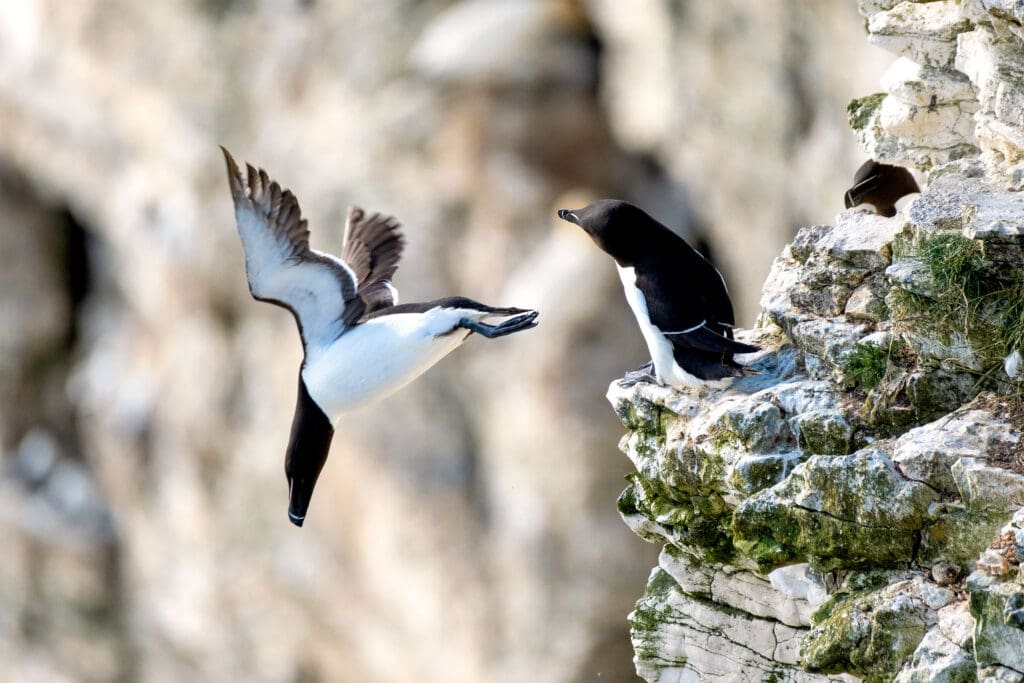
Top facts about sea cliffs
